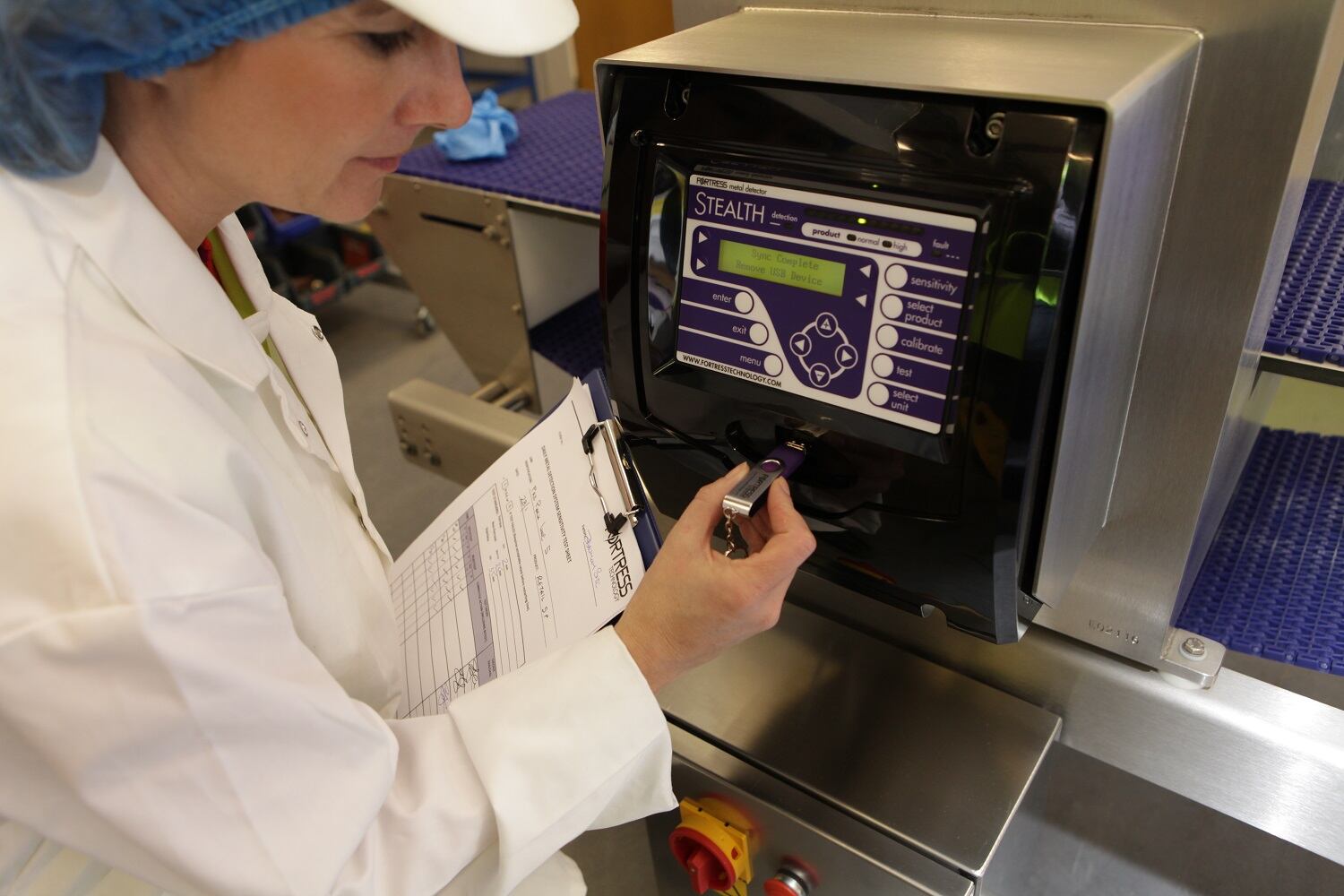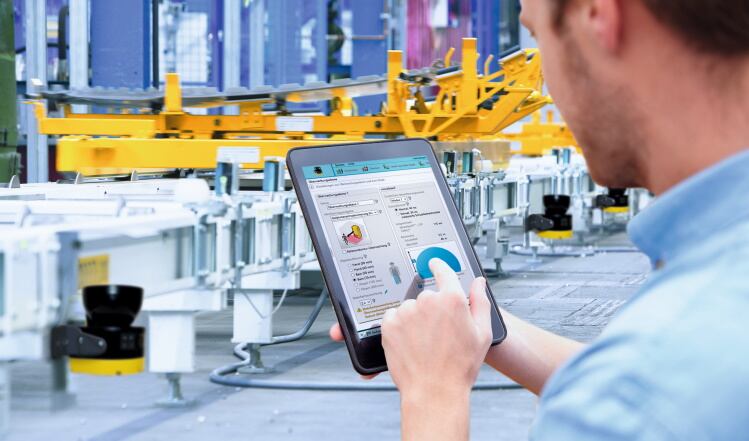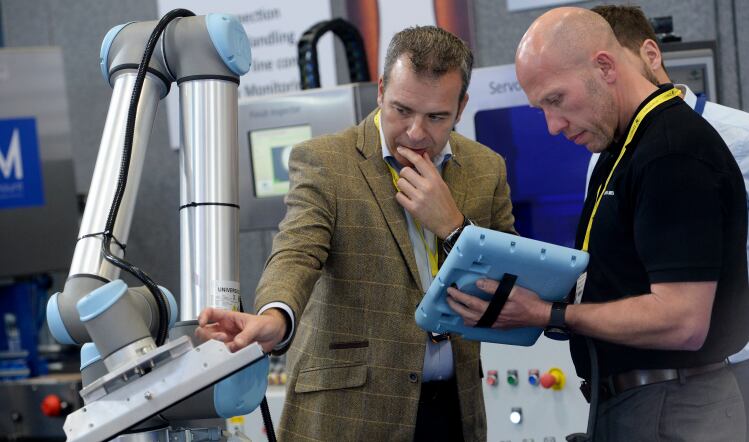During lockdowns, massive chunks of the population have been forced to stay at home, which in turn has influenced the way they shop. On the one side, consumers have relied on filling their shopping trolleys and making less frequent trips to the supermarket. Those less inclined to leave the house have instead resorted to internet shopping to get their food.
This in turn has highlighted a need for manufacturers to be more agile to deal with growing online demand, the shift to deliveries direct to shoppers’ doorsteps and peaks caused by consumer stockpiling.
As a result, every effort has been made to speed up the vetting process without compromising standards. To this end, equipment suppliers are constantly developing new technologies to help producers keep up with their workflow.
High speed cameras minimise time spent on executing tests and have the added effect of limiting the amount of human contact needed in testing situations That’s an added bonus when many factories face enforcing social distancing among staff.
Fastec Imaging’s new HS7 and HS5 high-speed cameras, for example, allows researchers and engineers to capture, display, analyse, transport, and store massive amounts of image data much more quickly than conventional cameras.
Charles Mrdjenovich, Fastec president, explains: “The HS Series system architecture uses a fibre optic link to provide the fastest possible image transfers from camera to controller. The idea is to avoid having to wait on the camera to download images before starting analysis or beginning the next test.”
Developed for remote access, the HS Series was designed from the ground up for use in applications where cameras are placed out of the user’s reach.
Optical system boosts production
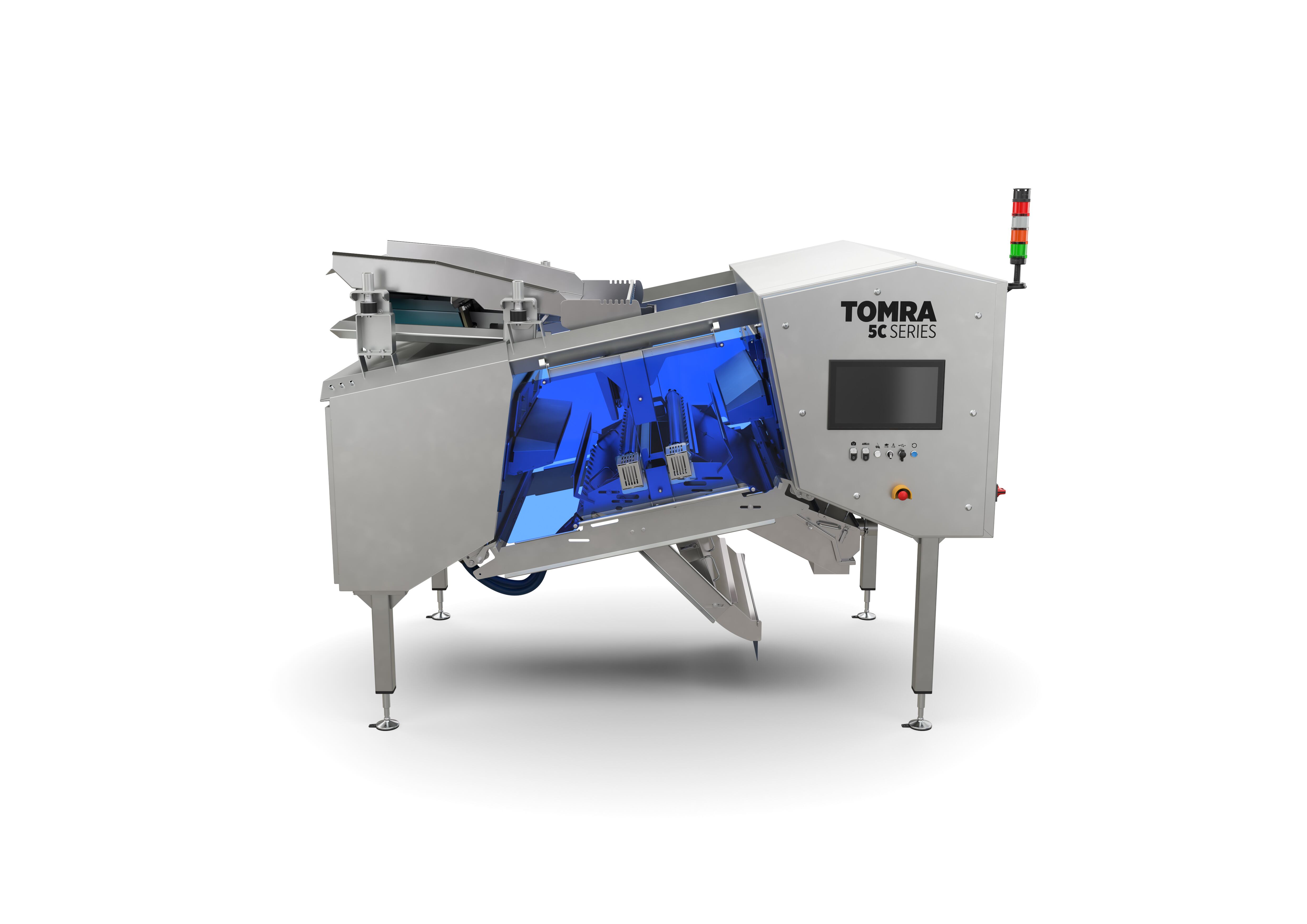
Belgium-based Tomra Food has merged engineering with intelligence with the launch of its latest optical food sorting system, TOMRA 5C.
By combining optical sensors, machine learning and big-data analysis, the system can detect the smallest imperfections in nuts and dried fruits – up to and including insect damage.
TOMRA 5C has been engineered to examine mass quantities of product in an effort to minimise the need for additional labour, as well as handling and re-processing costs.
According to Tomra Food, operators can view a clear picture of each and every individual product and foreign material — setting processors up to make real-time decisions that boost chances of a ‘better profit, higher-quality yield and fast equipment payback’.
Commenting on the impact the system has had on their business, The Almond Company in Madera, California said: “We have increased this specific product's production by 20% - 25%, producing at higher volumes, in less time, with less labour required.”
Vision technology has been a standout feature in some of the latest releases from detection and inspection equipment suppliers over the past year.
First showcased in 2019, Mettler-Toledo’s V15 Round Line is a compact standalone vision inspection system that features a novel six-camera configuration that utilises ‘liquid lens’ technology. Redesigned to work with the standard Mettler-Toledo C-Series Checkweigher, the V15 gives a 360 degree picture of a product at the touch of a button.
Using all six sensors in tandem eliminates the need to stich images together from multiple sources and removes the need for manual readjustment.
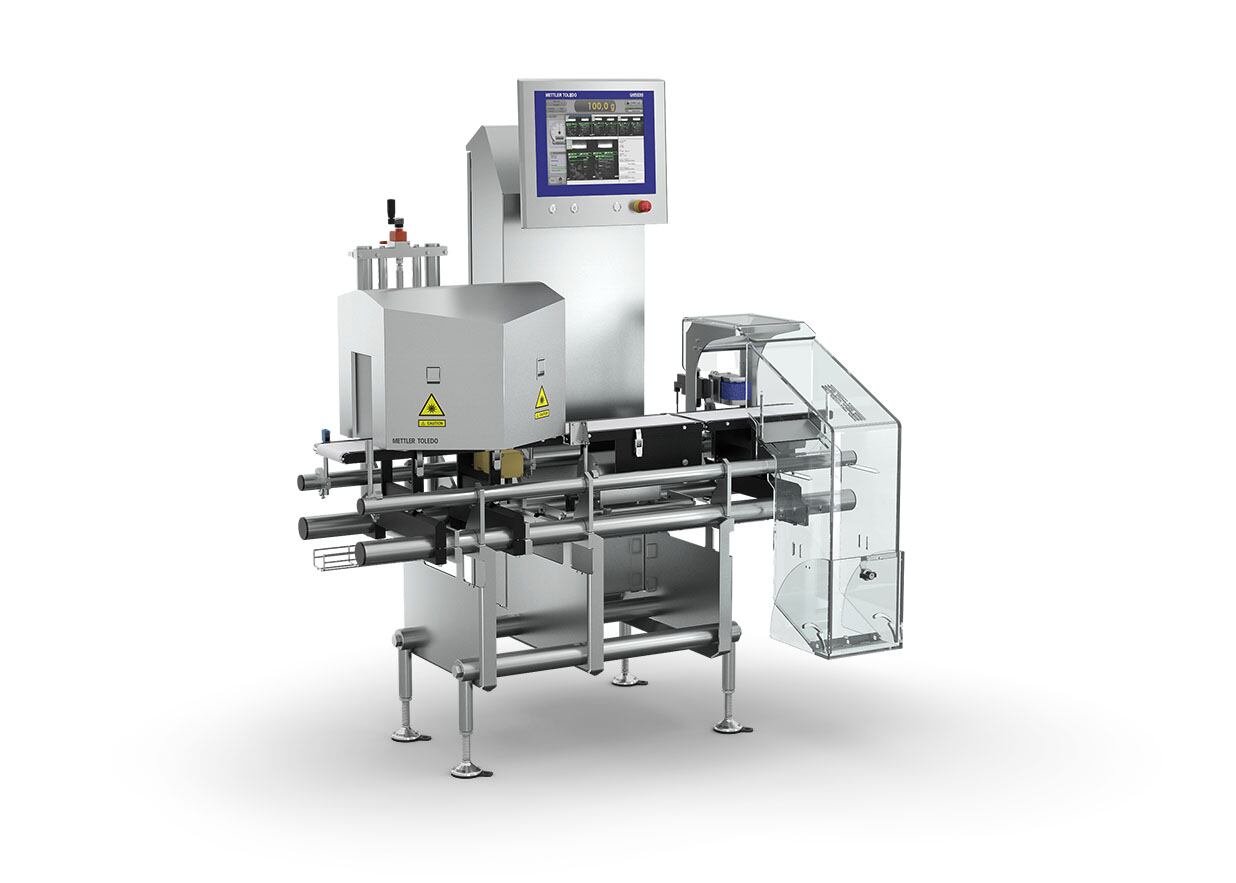
"In addition to eliminating the chance of human error through manual adjustment, the automatic adjustment of the six liquid lens smart cameras in the V15 Round Line has been shown to reduce a five-minute product set-up time down to just one minute,” said Klaus Malscheski, vision market manager for Mettler-Toledo Product Inspection.
“In busy production environments, where manufacturers are dealing with more and more frequent product changeovers, these gains soon add up to significant productivity benefits.”
The challenge of space
The challenges that have developed during the coronavirus crisis have been felt across the entire manufacturing industry. But solutions can sometimes be unobtainable by smaller producers who lack either the funds or the space to implement new detection systems into their production lines.
To combat these issues, equipment suppliers are now offering systems that can be adapted to smaller businesses and help them further automate their production lines. Equipment such as the Eagle Tall Pro XS from Eagle Product Inspection offers both contaminant detection and automatic rejection in one compact machine.
Coupled with Eagle’s proprietary software, the complete system cuts down on labour by simultaneously performing inline product integrity checks, but also takes up little space in what can be an already crowded production line.
“A multifunctional x-ray system is an investment that will pay for itself in the future by protecting products and brands at a fast pace and with minimal labour requirements,” says Christy Draus, Marketing Manager for Eagle. “A best-in-class design, paired with multiple tube and detector configurations and with the latest software, leads to the best results.”
Detection, inspection and food waste
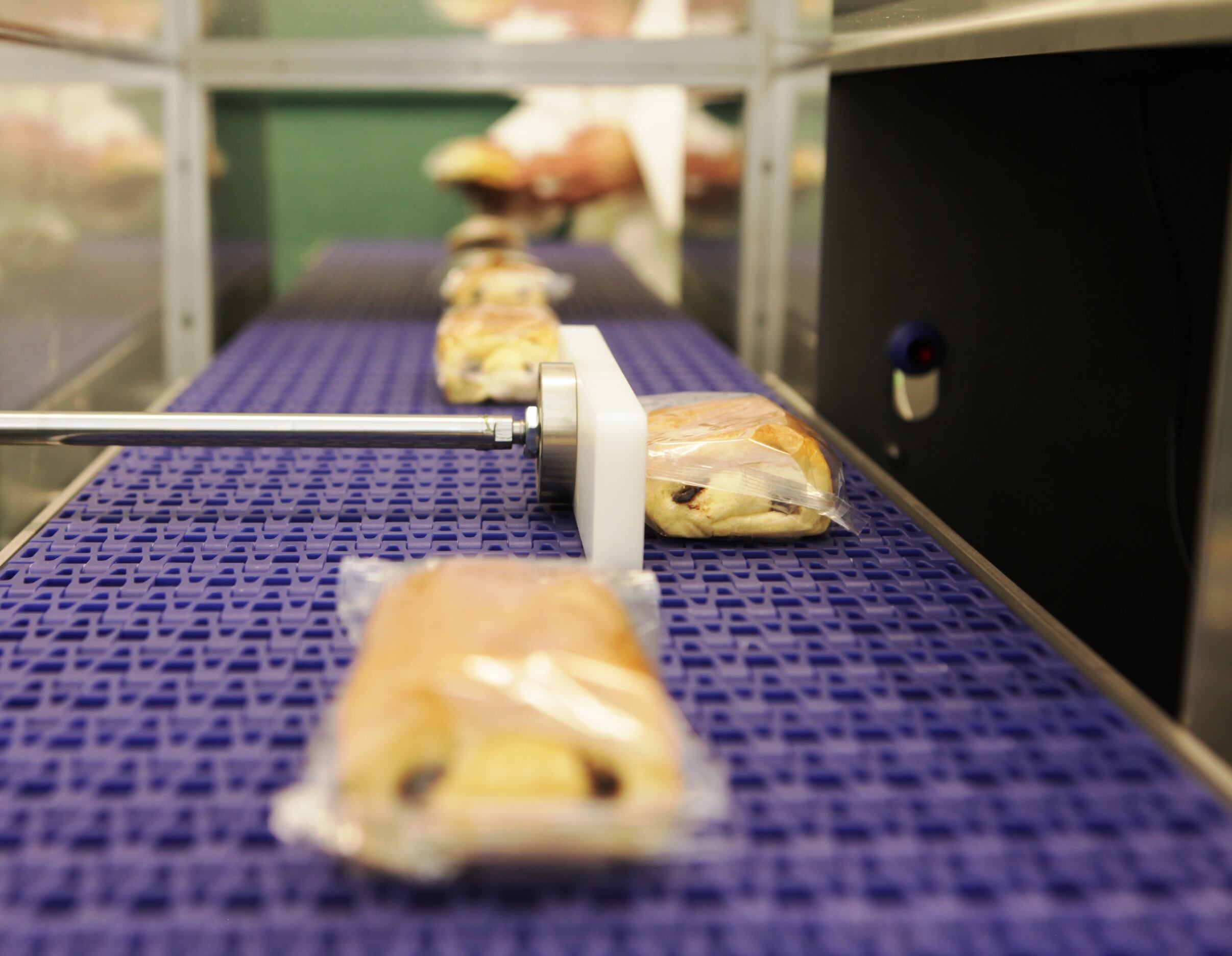
As the number of food and drink operators that opt into automated systems to handle their detection and inspection needs grows, so does their ability to help reduce food waste in a meaningful way.
Phil Brown, managing director at Fortress Technology believes the use of automation tools and smart inspection machinery helps ensure waste remains tightly controlled and maintains food safety and production efficiency.
“Most of today’s food metal detectors are ‘smart’ and connected,” he explains. “This allows immediate and remote access, enabling food manufacturers to view the current equipment status, monitor rejects and maintain continuous, smooth production lines.
“Operational data can be compared and gives production managers the ‘real time’ tools to spot trends and patterns, such as when and where the most rejects are occurring. From a waste management perspective, this is critical.”
False rejects don’t just impact the physical waste where perfectly good food is discarded. Lower factory yield can undermine the cost-effectiveness of an entire operation, while repeated stoppages and trouble-shooting will incur unnecessary cost – false rejects can cost manufacturers thousands of pounds, depending on the scale of the problem.
As we enter another nationwide lockdown, the challenges facing food and drink manufacturers grow. However, it seems that the systems checking food safety and compliance are keeping up with them as demand for products sent from the factory floor straight to the consumer increase.
Case study: Sparc Systems
Detection and inspection equipment provider Sparc Systems has helped one European deli meat supplier slash its giveaway by more than 50% through the installation of its Cerberus combi checkweigher and metal detectors.
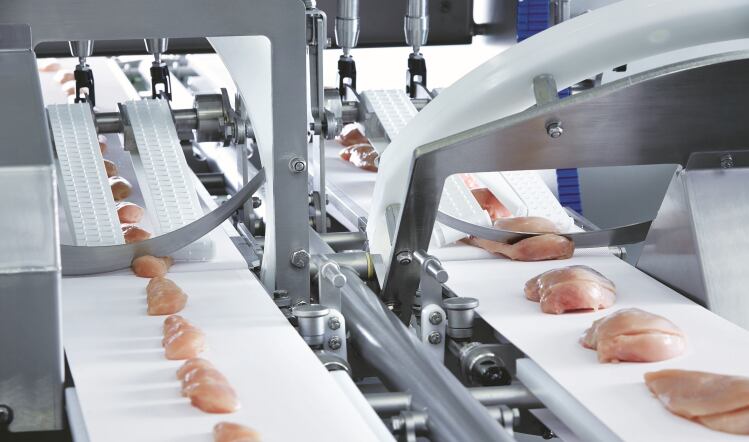
With no checkweigher in place, the processor was forced to overfill in order to ensure compliance with European weight legislation. However, since the installation of seven Sparc Cerberus machines at its Ireland-based facility, giveaway was cut by 55% almost instantly.
Sparc’s national sales manager Charlie Graham says the reduced giveaway was significant for the processor, since 80% of its production costs were in the meat.
The Cerberus comprises an electric servo drive. This has been designed to be more efficient and seamless, as it provides constant feedback on all processing elements such as volume, weight and speed up and down the line, ensuring real-time production monitoring.
It also enables processors to inspect packs faster increasing throughput and yield, as well as saving about £4,000 annually on energy consumption compared to the more widely-used compressed air combi units.
Charlie adds: “Packs identified as being under or over weight automatically dip 50° on the conveyor, feeding rejected products into the waste reject bin. For a metal contaminant, the conveyor dips 100° separating packs into the metal reject bin.
“Product in the CCP metal contaminant bin is documented and destroyed according to company protocols, while product diverted into the weight bin can be reworked, saving on waste.”


